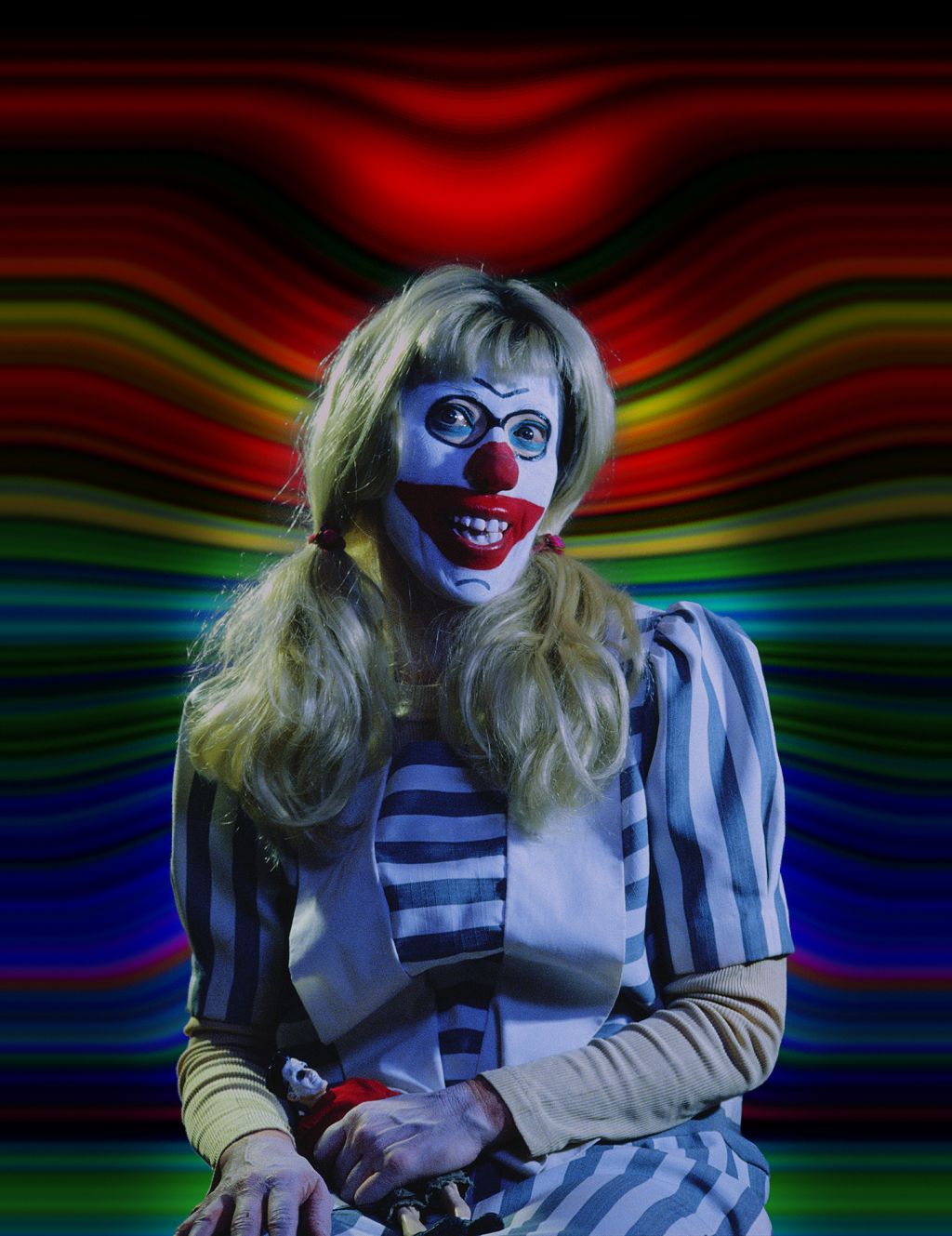8 Easy Facts About All Occasion Performers Explained
8 Easy Facts About All Occasion Performers Explained
Blog Article
All Occasion Performers Things To Know Before You Get This
Table of ContentsSee This Report on All Occasion PerformersAll Occasion Performers - An OverviewExamine This Report about All Occasion PerformersGetting The All Occasion Performers To WorkHow All Occasion Performers can Save You Time, Stress, and Money.
He specialized in pigs and mules, which he educated and sold to other clowns. He also provided an act with a trained rhinoceros and is the only person in circus history to present a tightrope strolling elephant.He was also a philanthropist who gave kindly to several charities and he erected the initial monument to soldiers killed throughout the Civil Battle - Group events Dallas. Beginnings of the Auguste characterThere is a widely told legend concerning the origins of the Auguste clown. According to the tale, an American acrobat called Tom Belling was performing with a circus in Germany in 1869
Belling took off running, finishing up in the circus sector where he dropped over the ringcurb. In his humiliation and haste to leave, he fell over the ringcurb once more on his method out. The manager commanded that Belling proceed appearing as the Auguste.
Not known Facts About All Occasion Performers
For one thing, words Auguste did not exist in the German language until after the character came to be preferred. One of the concepts of the actual origin is that Belling copied the character from the R'izhii (Red Haired) clowns he saw when he toured Russia with a circus (https://myanimelist.net/profile/all0ccperf0rm). Characters like the auguste certainly existed previously
:upscale()/2022/02/14/195/n/41541398/d100a3b8501a2a3b_TSDITTT_WB007.jpg)
The dance later became known as faucet dance. It should be noted that there are alternating 'origins' for the tramp character"among which was the traveling "hoe children," or itinerant farm workers, that rode the rails from one community to one more, cleaning the soot away from their eyes & mouth.
Not known Incorrect Statements About All Occasion Performers
Keep in mind that the fright wig, exaggerated lips and eyes, large clothes and props of the American clown, props such a club soda, packed clubs, exploding stogies, and whistles full of residue, are not Grimaldi's. They belong to Tambo and Bones. The English blackface comic Charles Mathews pertained to America in 1822 to do and researched black life and personalizeds.
Nobody knows where the mummers' plays and Morris dancings came from. In such plays there is a collection of personalities consisting of "kings" and "saints", cross-dressing, and blackface functions; the faces of Morris (or "Moorish") professional dancers were additionally smudged. The mummer's plays were not for fun. The majority of were executed by inadequate males in the starving time after Christmas.
If refuted, they would certainly rake the offender's yard. The Derby Play of the Tup was carried out for food and beer by out of work youths. This use of blackface for political activity disguised as enjoyment persisted in America when the descendants of these men smudged their faces to protest tax obligations. One such protest has entered American history as the Boston Tea Ceremony.
Little Known Questions About All Occasion Performers.

While not the extravagant affairs we consider today, some early, rougher kinds of taking a trip circus were prominent in America from Revolutionary times-- George Washington was a fan. Blackface clowns done in them from a minimum of the 1810s and possibly prior to; they were a staple by the 1820s. The broad red or white mouth painted on by modern clowns is a residue of the blackface mask.
In several areas minstrelsy was born when these performers relocated their acts from the tent to the phase of American variety movie theaters. Definitely there was a solid component of clowning in minstrelsy. The blackface mask was a clown's camouflage, overemphasizing the face features right into an anime, a caricature. The blackface clown might be the forerunner these days's anodyne circus clown, yet or else the 2 are as opposite as blackface and whiteface.
The Basic Principles Of All Occasion Performers
In many customs the clown would certainly show some physical deformity, like a hunchback, dwarfism-- or like Jim Crow, lameness. And due to the fact that he was different, an Others, the clown look at here now was permitted to state and do things no one else could.
Witticism and apology were central to minstrelsy. It's fascinating that in the West African societies where most slaves came, the poet-singer griot offered the exact same satirical jester feature when the celebration emerged. That may have something to do with the curious (to us, looking back) simplicity with which Southern Blacks approved not just the songs yet also the undermining wit of minstrelsy.

Emmett Kelly was the finest understood tramp clown with his character "Fatigued Willie."Tramp clowns are proficient: + jugglers + illusionists + pianists + chalk talk musician + bikers.
Report this page